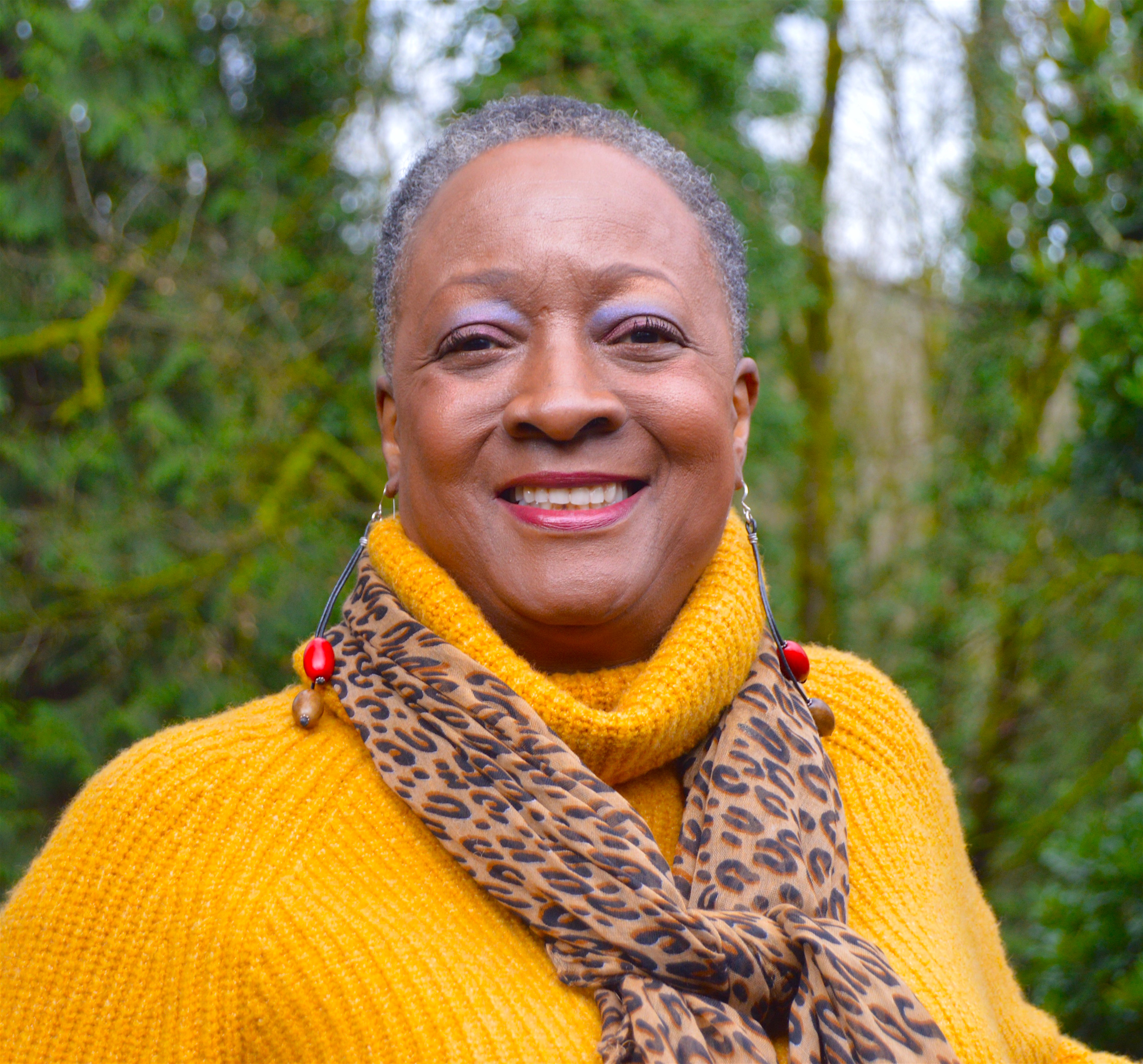In Black Woman in Green, Gloria Brown and Donna Sinclair share Gloria’s journey as the first African American woman to become a forest supervisor with the US Forest Service. In this blog post, they describe their process and present an excerpt from the book.

Gloria: This book is for any female or minority interested in moving up in any organization. It will appeal to anyone interested in how the Forest Service works and why we all must do our part to save our planet. The book is about the people who work on the ground to respond to issues like the spotted owl, clean water, salmon, and recreation in national forests—plus many other jobs that are being done on national forests.
Donna: This excerpt illustrates perfectly the rhythm of writing and spoken word between Gloria and me that resulted in Black Woman in Green. Gloria typically drafted chapters and then I asked her questions to flesh them out, often to include more detailed descriptions. As we moved along in the process, such descriptions became increasingly second nature for her, and we also came to know one another so well that I sometimes added stories she had told me. We would then refine the sections together. I would type, she would speak, and we would seek just the right word and then read aloud to make sure of the flow.
This section is especially memorable to me because it reveals our joint process. In this segment we drew from our individual experiences of flying into Portland to create images familiar to us both—Mt. Hood and forests—combining the isolation of being dropped into whiteness with the color of forest and money that resulted from timber harvests. It also demonstrates Gloria's transition from an urban African American woman to a woman who walks in multiple worlds.
I needed to understand how a region works “in the field.” So, Tom and John facilitated a two-week detail to the information office in Region 6, in Oregon, on the other side of the country. This was my first plane ride ever, and it exposed me to an entirely new world. As the plane circled to land at the Portland International Airport, I was struck by the brilliant white-topped peaks of Mount Hood. I had seen the Smoky Mountains, but never anything like this! I also quickly realized that Oregon’s population was as white as the mountain’s peaks. I had worked with Caucasians for a long time, but never before had I seen a place with no African Americans. Yes, I learned there were a few in the state—about 37,000 in a population of 2.5 million—but they were not very visible in the Portland Regional Office (RO), the city’s downtown area, and especially not on the Forest Service districts I visited. The most diversity I saw in Portland was in the personnel office, the mailroom, and the civil rights office; when I visited the Willamette National Forest, I saw no people of color. There were women, but at the forest and district levels, no one looked like me. 
What I did see everywhere I looked was Northwest green, the color of money in the Forest Service, and the hue of deliverance for me. Oregon’s lush Willamette Valley took my breath away as an employee named Jerry Mason drove me to the Willamette National Forest supervisor’s office in Eugene. The Willamette National Forest stretches more than a hundred miles along the western slope of the Cascade Range, extending from Mount Jefferson east of Salem to the Calapooya Mountains northeast of Roseburg. Mount Hood dominates the Portland landscape, while Mount Jefferson looms above the crystal-clear lakes, cascading waterfalls, and vibrant plant life of the Willamette Valley and its national forest. To me, these were some of the prettiest landscapes in the country. Of course, I hadn’t seen a lot. Although I had been with the Forest Service for nearly ten years, I had never been in a national forest.
When I saw the massive trees, bigger than any living thing I had ever seen, soaring hundreds of feet into the air, a million fragrant needles sending oxygen into the atmosphere, I felt that I was in a cathedral, a church more powerful than any other. The Douglas-firs, true firs, and pines towered over me. Brilliant shades of green and gold moss and lichen brought the forest to life, while the flaming red of Indian fireweed burned into my consciousness, and the solitude of the trails calmed by soul. There were no cars, no streetlights, and very few people; just trees, rivers, and wildlife. I had never known solitude like that, even in a park. At a cookout in DC, there were people everywhere. This was different. People walked the trails, but the forest enclosed you in solitude. I had sent out pamphlets about forest ecology but had never walked in the forest. I had provided schools with educational materials about the environment, but had never seen old growth. For me, visiting the Willamette forest was like going into a darkroom and having the light come on slowly to reveal a new world. I had so many firsts, my parents didn’t believe my stories. I decided then to one day work on the Willamette. Daddy did say that if I ever got to live in Oregon, he would love to visit and fish for some salmon. I eventually got to Oregon, but Dad died before he could catch that fish.
by Gloria Brown and Donna Sinclair, copyright © 2020.
